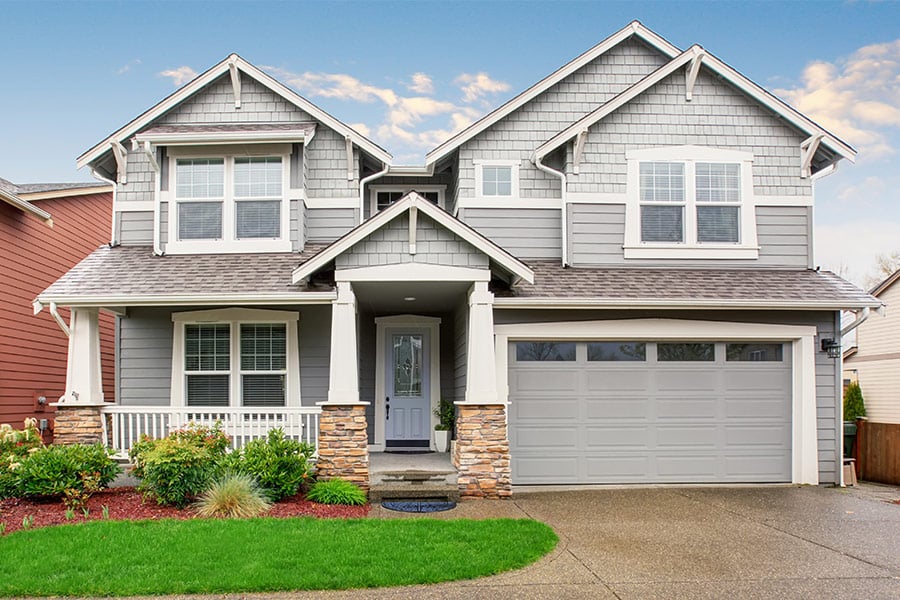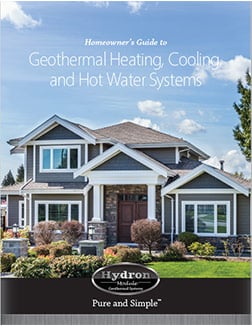When couples discuss investments, it's common to consider Health Savings Accounts, a 401(k), traditional or Roth IRAs, etc., but what about investing in yourself?
Without much hesitation, we make purchase decisions that are justified, even if there's no return on investment. For example, we need a vehicle to get our family from one place to another, but we won't be able to sell the car for what we purchased it for, or we may have to sell our home for less than the value due to outlying circumstances. What if there was an investment you could make knowing there's a 100 percent chance you'll see a return on that investment? With these four steps you can make that type of investment all while helping the environment.

4 Steps to Invest in Yourself, Your Family, and the Environment:
1. Seal Your Home
An air-tight home is the necessary building block for energy-efficient, cost-effective living. If your home has air leakage, any other steps you take to invest in self-sufficiency and sustainability will not meet their full potential. It's possible to update an existing home and make it air-tight by getting an energy assessment, or there are DIY options, too. Follow the Department of Energy's suggestions on inspecting and evaluating your own insulation. If you're building a new home, you're in the optimal situation to focus on properly sealing your home. Regardless if it's a new or existing home, we suggest insulating with cellulose and spray foam because the R-value actually improves as temperatures get colder.
2. Get the Best HVAC System
Of all a home's features, heating and cooling systems are the one homeowners are most dissatisfied with. Additionally, heating and cooling is the largest energy expense for most homes. Since it isn't necessarily exciting and "out of sight, out of mind" once installed, we're more likely to opt for a lower-end or middle-of-the-road HVAC system. But, given that we spend 4,000 - 6,000 hours per year in our home, shouldn't more consideration go into what keeps us comfortable during that time? Geothermal heat pumps are the most energy-efficient, cost-effective, and safest way to heat and cool. Among other benefits, geothermal systems are the only HVAC system likely to provide you with a return on investment. When a home is made air-tight, as suggested in step one, you can install a smaller geothermal heat pump, saving on installation costs, energy bills, and ultimately achieving positive monthly cash-flow as soon as the system is up and running (when compared to a traditional HVAC system).3. Generate Your Own Power
Now that you've lowered the energy demand of your home by investing in measures to make it air-tight and installing a geothermal heat pump, it's time to create your own power. A PV solar system can cover a portion of or the entire energy demand for your house. When you generate electricity from a PV solar system, it's better for the environment and it allows you to put money towards you and your family instead of a utility. There are federal incentives to install a solar system, state/local incentives, and many utilities offer net metering, so you could receive credit when you produce more electricity than your home requires. If you've taken step one and step two as listed above, you'll need fewer solar panels to power your home, ultimately saving on installation costs and potentially making it possible to fit all necessary panels on your roof as opposed to a ground mount system.
4. Look Towards Energy Storage
Steps one through three create a scenario where you could potentially disconnect from the power grid by investing in battery storage. This technology gathers excess energy produced by the PV solar system and allows your home to tap into it when production from the solar array drops (think nighttime versus daytime). If completely disconnecting from the grid makes you nervous, you could stay connected and use a battery in instances when the grid loses power.
When you initially consider it, self-sufficient, sustainable living may sound far-fetched – something for those who are really committed to the movement. But, with these four steps, you have the ability to take control of you and your family's future, as well as the planet's, to create a better tomorrow from an environmental and cost-saving standpoint. Are you concerned about investing in four technologies at one time? Split them up by taking steps one and two then three and four a few years later. And, flexible payment plans make it possible to receive funds for these investments.



